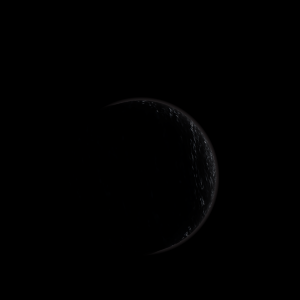| Fictional info (?) |
|---|
| Suggested name | Mathemedeia |
| Planet type | Cold planet |
|
| Atmosphere | Hydrogen deuteride (HD) | 98% |
| Carbon dioxide | 1.1% |
| Ozone | 0.39% |
| Krypton | 0.00024% |
| Hydrogen | 9.0E-6% |
| Atmospheric pressure | 17 bar |
 |
| Moon | Sieti-galagaeon | Very small almost round crater-filled asteroid |
| Custeph | Small potato shaped rocky asteroid |
| Porti-albest'ka | Very small slightly egg-shaped crater-filled planetoid |
| Vostus | Very small round gaseous moon |
| Thepoly'dacar | Huge round crater-filled moon |
| Tiamathe'xidade | Medium-sized potato shaped rocky comet |
| Pinali Nomia | Huge slightly egg-shaped gaseous moon |
| Umgala-polytan | Small round rocky moon |
| Deorix Gachal | Medium-sized potato shaped gaseous planetoid |
| Noevika-saxathe | Small almost round crater-filled asteroid |
| Cudra-saxa Lene | Huge round gaseous moon |
| Orixnoe-lindlao | Large round rocky asteroid |
| Bosmun'turke The | Large potato shaped ice moon |
| Eukele | Medium-sized round ice moon |
| Idjala'thybest | Large irregular rocky asteroid |
| Tilene Mir | Very small irregular rocky moon |
| Lenemal-ad | Large irregular gaseous asteroid |
| Linthee Rirgete | Huge irregular gaseous moon |
| Tistar-desme Cli | Huge slightly egg-shaped rocky asteroid |
| Linmal Si | Very small almost round gaseous comet |
| Pancho-caldita'cal | Huge round rocky comet |
| Skolldes-thadora | Huge slightly egg-shaped crater-filled asteroid |
| Stomepe Meoneat | Huge slightly egg-shaped rocky moon |
| Oberon'culo Porie | Very small slightly egg-shaped ice moon |
| Chathihyr | Large almost round gaseous asteroid |
| Eutia Lecor | Large irregular rocky moon |
| Google search for Mathemedeia |